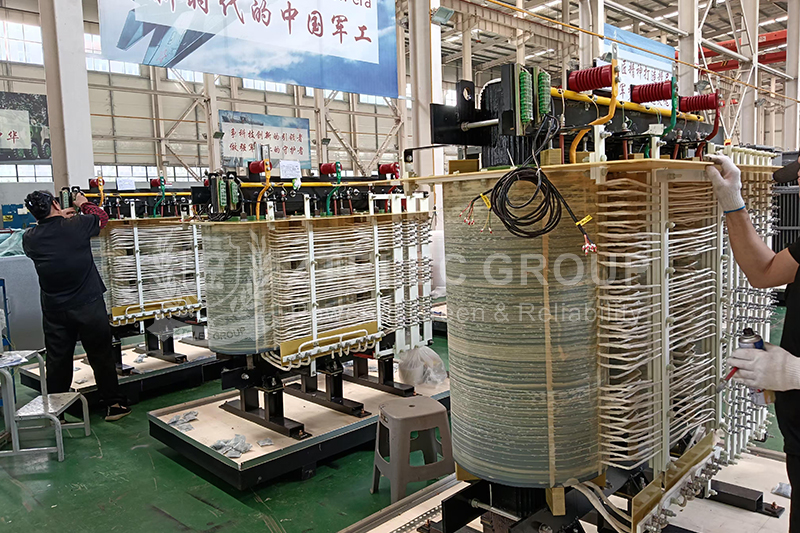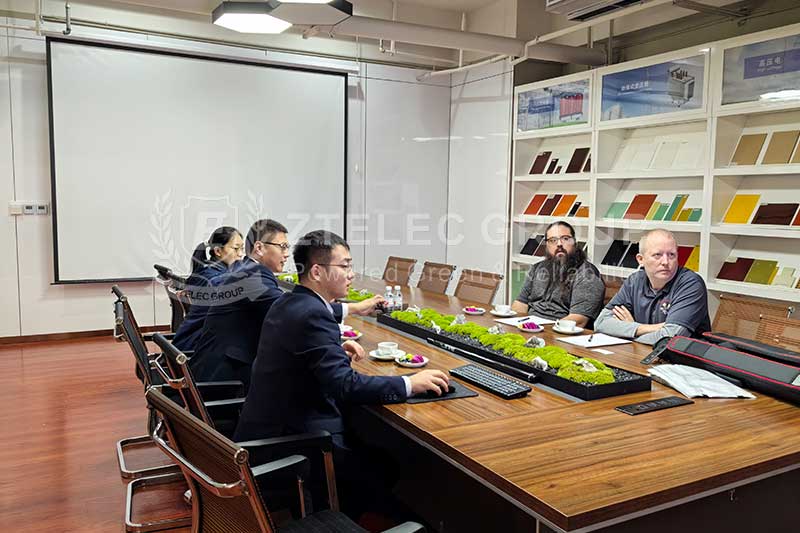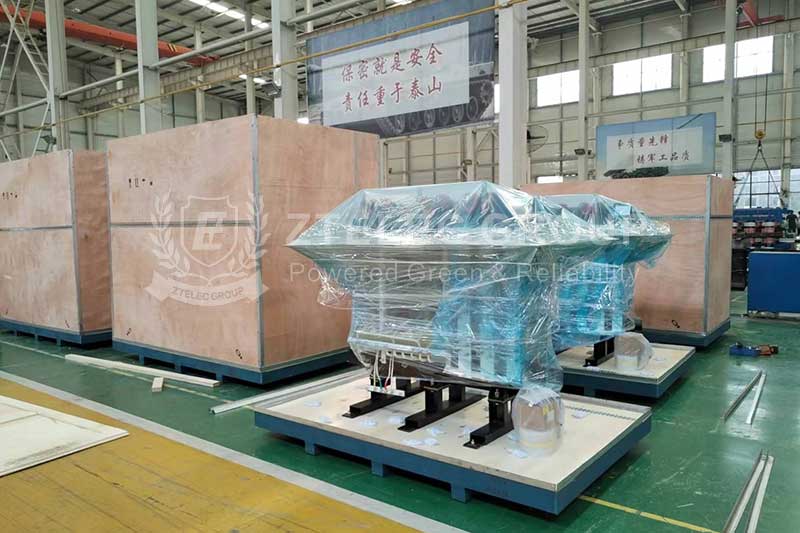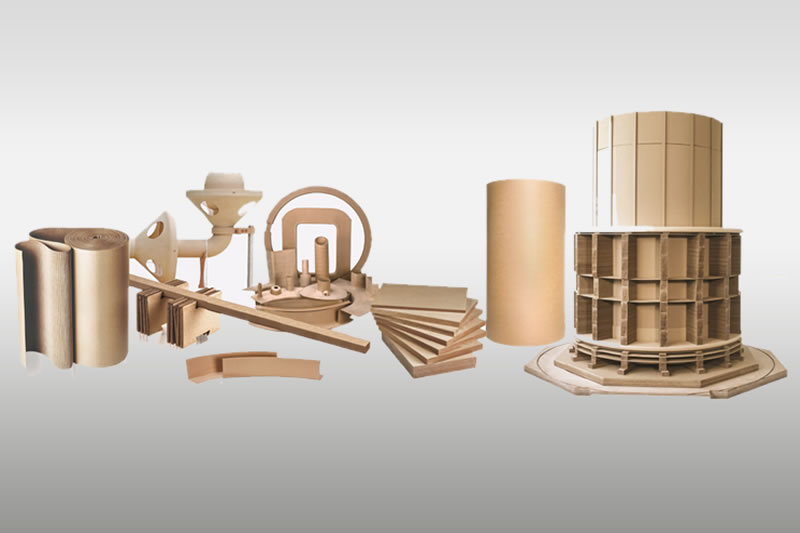Epoxy Pre-impregnated DMD vs. DMD: Key Differences and Electrical Applications
Epoxy pre-impregnated DMD and DMD are two common materials used in insulating components of electrical equipment such as motors and transformers. The key differences between the two lie in their manufacturing process, material form, and application methods, which directly determine their performance and applicable scenarios. The following details the key differences and specific applications of the two materials, focusing on material properties, processing, and application scenarios.
Material Properties and Process Analysis
1. DMD Insulation Paper
Full Name Definition: The full name refers to Dacron (polyester fiber)/Mylar (polyester film)/Dacron (polyester fiber), and the name corresponds to the core material composition.
Structural Composition: DMD insulation paper is a composite material—two layers of polyester fiber nonwoven fabric with a polyester film sandwiched between them. The polyester fiber provides mechanical strength and flexibility, while the polyester film provides excellent electrical insulation.
Essential Properties: DMD describes the core structure of the material, and is not the final product form. It can be further processed as needed.
Key Processes and Heat Resistance Grades:
· Manufacturing Process: Three layers of material are bonded using a specialized adhesive, followed by a calendering process to ensure a smooth surface free of defects such as bubbles and creases.
· Heat Resistance Grades: Classified as B (130°C) and F (155°C). F-grade products are often distinguished by a blue or pink color for easy identification during production and selection.
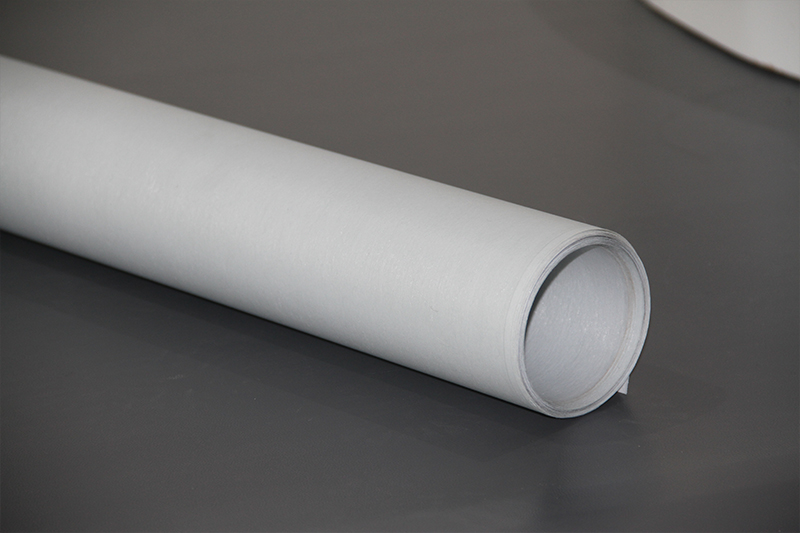
2. Epoxy Pre-impregnated DMD
Form Characteristics: This is a "semi-cured" sheet that has been pre-impregnated before shipment. This involves evenly impregnating the DMD substrate with B-stage (semi-cured) epoxy or polyester resin, forming a preliminary bond between the resin and substrate.
State: The finished product is dry and slightly tacky, with the resin inside not fully cured (not yet reaching the C-stage). Under specific temperature and pressure, the resin melts, flows, and ultimately solidifies, forming a stable insulating structure.
Key Process and Heat Resistance Rating:
· Manufacturing Process: The epoxy resin is semi-polymerized through stepwise baking at 110°C-180°C, ensuring a tight bond between the resin and the substrate while retaining its semi-cured properties for ease of subsequent processing.
· Heat Resistance Rating: Standardized to F (155°C), it can withstand short-term thermal shocks up to 180°C, providing increased stability in high-temperature environments.
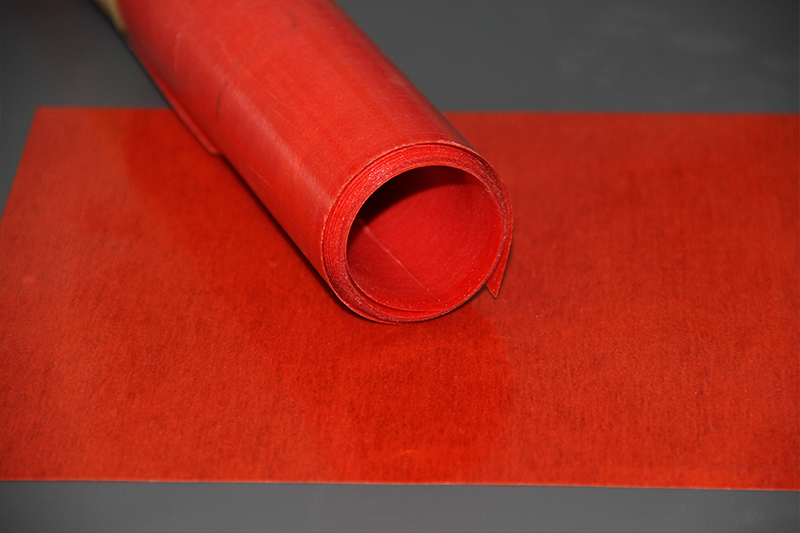
Differentiated Application Scenarios in the Electrical Industry
1. Applications of DMD Insulating Paper
Motor Insulation: Used for slot insulation, interturn insulation, and pad insulation in small and medium-sized motors. Its flexibility conforms to the winding shape, reducing insulation gaps and ensuring reliable motor insulation.
Transformer Insulation: Used for interlayer insulation in oil-immersed transformers. Its low hygroscopicity prevents moisture-induced degradation of insulation performance, ensuring long-term stable operation of the transformer.
General Electrical Insulation: Used as a basic insulating component in instrument transformers and switchgear, it provides electrical isolation and mechanical protection, meeting basic insulation requirements.
2. Applications of Epoxy Pre-impregnated DMD
Dry-type transformers: Serving as interlayer insulation material for low-voltage coils, DMD leverages its high breakdown voltage and low shrinkage to ensure stable operation in high-voltage environments. For example, its use in a 2000kVA dry-type transformer reduced no-load losses by 15%, saving 120,000 kWh of electricity annually.
F-class motors: Used for stator slot insulation and phase-to-phase insulation, its heat resistance matches the high-temperature operation requirements of motors. For example, its use in new energy vehicle drive motors can improve efficiency by 2% and extend driving range by 8km.
New energy grid-connected equipment: Serving as insulating pads in photovoltaic inverters, DMD withstands a wide temperature range of -40°C to +85°C, ensuring stable inverter operation in extreme weather conditions.
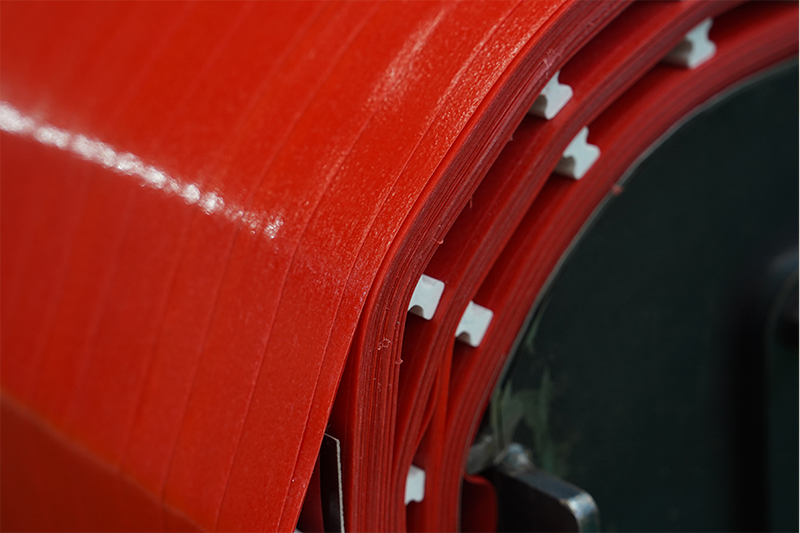
Technical Advantages and Industry Value Comparison
1. DMD Insulation Paper
Cost-effectiveness: Its simple structure and streamlined manufacturing process result in low production costs. It is suitable for cost-conscious applications with moderate insulation requirements and offers a high cost-performance ratio in the mid- and low-end electrical equipment market. Strong process compatibility: It can be used in conjunction with conventional impregnation processes, enhancing overall insulation performance through subsequent impregnation. This eliminates the need for major changes to existing processes, making it easy for companies to quickly implement it.
2. Pre-impregnated DMD
Comprehensive Performance: Improved by epoxy resin impregnation, it boasts enhanced electrical insulation, heat resistance, and mechanical strength, meeting the diverse requirements of high-end equipment.
Environmentally friendly and efficient: The solvent-free curing process reduces volatile organic compound emissions, meeting green manufacturing requirements. The semi-cured state facilitates rapid processing and shortens equipment production cycles.
High reliability: In ultra-high voltage transformers and high-efficiency motors, its partial discharge inception voltage is 30% higher than that of traditional materials, reducing the risk of insulation failure and extending equipment life.
The difference between DMD and pre-impregnated DMD is essentially the technical distinction between "basic" and "high-performance composite" insulation materials:
DMD, with its core advantage of low cost, dominates low- and mid-range applications where insulation performance is less demanding.
Pre-impregnated DMD achieves performance improvements through material improvements, making it suitable for high-end equipment.
As electrical equipment evolves toward higher voltage, higher efficiency, and more environmentally friendly features, the market share of pre-impregnated DMD is expected to increase. DMD will continue to maintain stable application in the mid- and low-end markets due to its mature technology and cost advantages. The two will coexist in different segments for a long time and support the development of the electrical industry.
- more+releated article
- 2025-12-13How to Select and Use Phenolic Cloth-base Lami
- 2025-12-13How Much Does Bakelite Sheet Cost? 2025 Price
- 2025-12-13Why are most 3240 epoxy boards yellow?
- 2025-12-13What are the Main Applications of FR4 Epoxy Bo
- 2025-12-13Why Does the Price of Insulating Paperboard Va
- 2025-12-13Heat-Resistant DDP Insulation Paper
- 2025-12-13Comparison of Heat-Resistant DDP Insulating Pa
- 2025-12-13G10 and FR4 Epoxy Boards: Commonly Used for Ge
- 2025-12-13The Price of Heat-Resistant DDP Insulation Pap
- 2025-12-13How to Choose Epoxy Laminate Materials for Gen

